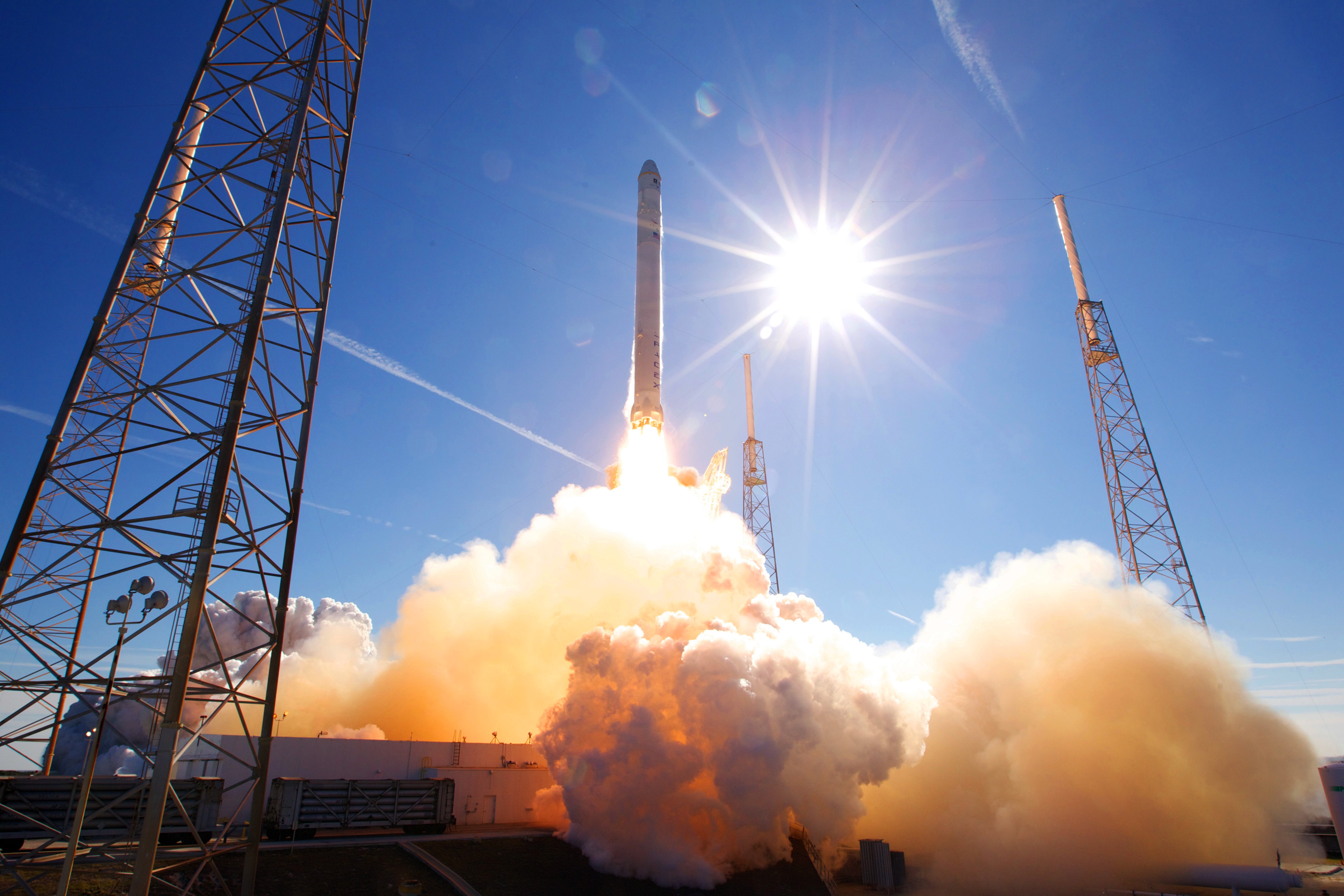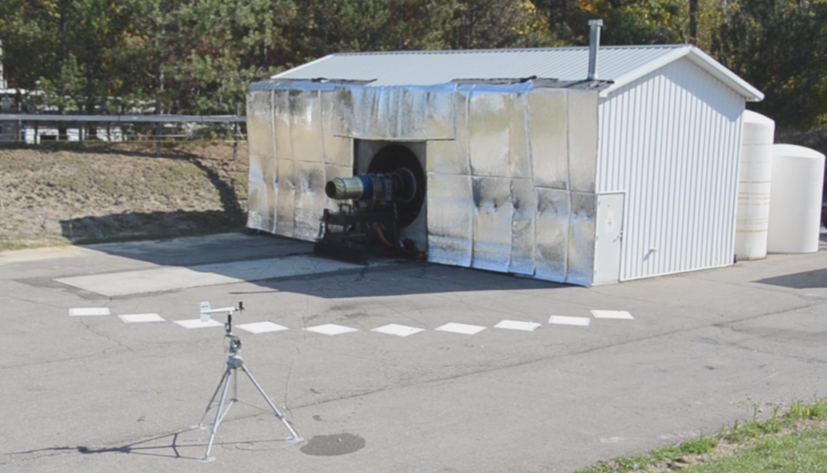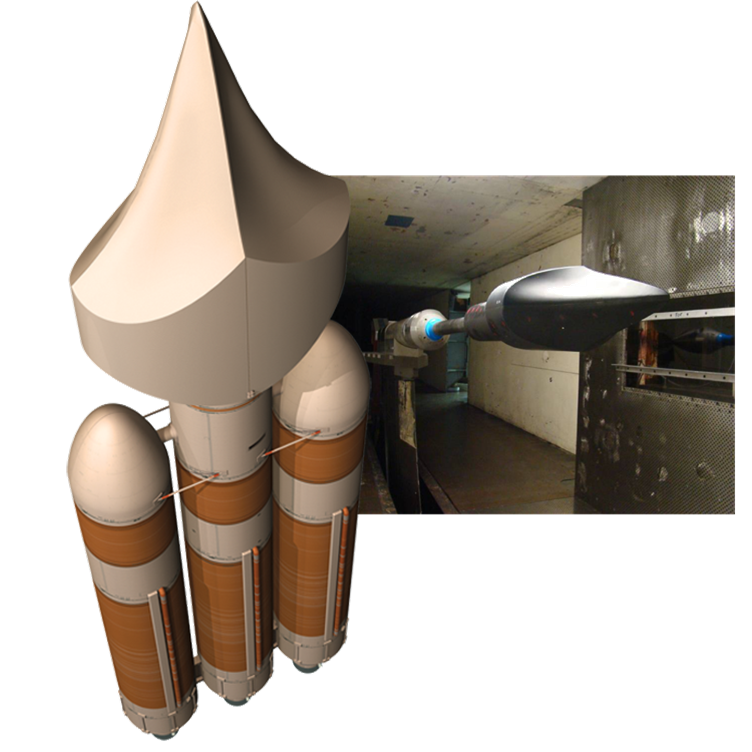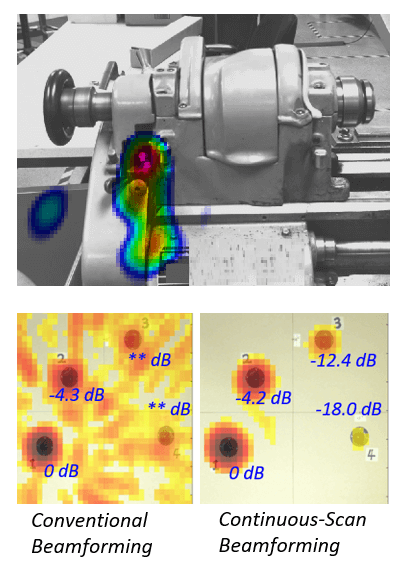Acoustics
Testing the acoustic environment assists in verifying the structural integrity of aircraft, launch vehicles, and satellites. Test performance validates the environments that are used in the design and analysis process and can confirm that a structure will survive through acoustic qualification testing. ATA has hardware and software that allows the measurement of acoustic environments for a wide variety of testing conditions.
Additionally, ATA has worked to develop specialized techniques to measure the highly detailed acoustic fields produced by aircraft engines. This technique, scanning acoustic holography, utilizes fixed and moving array microphones to provide essentially infinite spatial resolution of the acoustic environment around a noise source.




